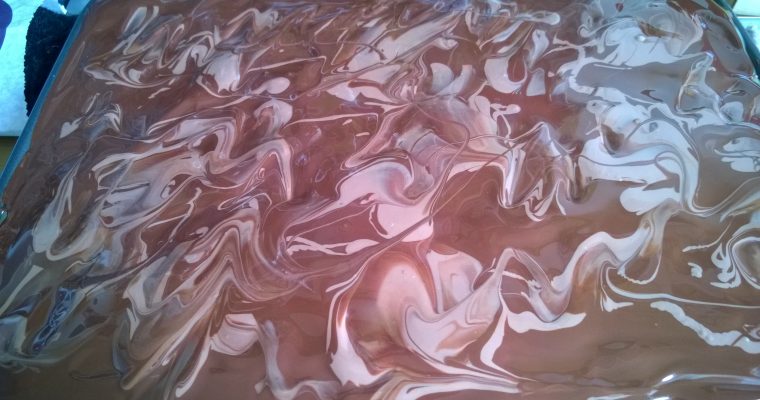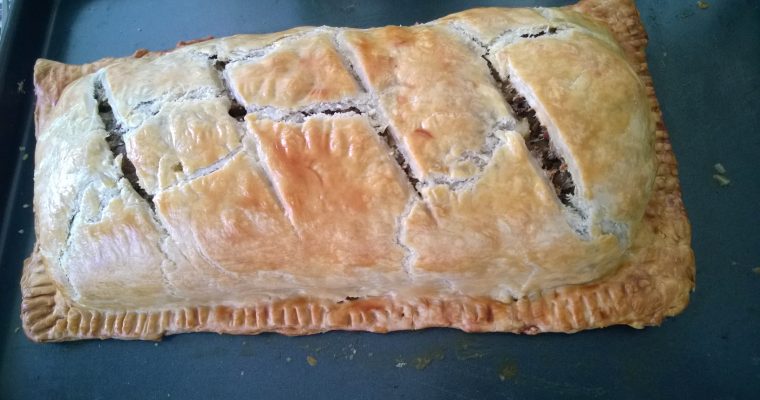In the 90’s I worked for a company that thought a frozen turkey was a great ‘Christmas bonus’ for their staff. For some it was perhaps, but this poor vegetarian would rather have had a tenner in her pay packet! I took the turkey anyway and always invited the family around for Christmas, so I have a lot of turkey cooking under my belt.
I hope your turkey is a free range bird from a local farm, maybe one you’ve picked out yourself; one you know has been well cared for and will be swiftly and humanely killed. If like me, all those years ago, you have a frozen bird, of indeterminate age and provenance, fear not, you can still make a well cooked centrepiece for your Christmas table.
Tip: If you want a more succulent roast, brining the bird a day or so before is a good way to get flavour into the meat and retain moisture. Mix ground salt, pepper and herbs of your choice and rub it into the breast and body of the bird by inserting your hand gently under the skin. Be careful not to tear it. Massage inside and out and leave breast side up, loosely covered, in the roasting tin inside the fridge. Before you roast the bird add a generous amount of butter to the breasts in the same way. Plaster the outside with butter too and some bacon rashers – this will stop the bird from drying out and add flavour. Cover the whole thing with foil.
Note: many turkeys contain giblets, so do check. Remove them to make gravy with, and don’t do what I did when I cooked my first chicken and left the giblets in!
Whether your bird is frozen and defrosted, or fresh, you’ll want to take it out of the fridge at least an hour before you want to cook it. People worry about a frozen bird, defrosting it properly, cooking it properly, clearly you don’t want to poison someone on Christmas day. As long as you allow enough time, to defrost and cook it, making sure the bird has reached the correct temperature, you can’t go far wrong. Invest in a digital or meat thermometer to save the stress. Thighs should read 80C and the breast 75C. If you don’t have a thermometer the classic, checking the juices run clear is a reasonable guide. Any blood and the bird needs another blast in the oven. Cooking times are key. Check the weight of your bird and calculate the time accordingly. Write it down so you don’t forget. The rest of your time plan will depend on this key element. Some heritage varieties take a little less time to cook, but they should come with their own cooking advice.
This handy turkey calculator tells you what size of turkey you need to feed your family, how long it will take to defrost, if it’s frozen, and how long it will take to cook, if you don’t want to work it out.
http://www.britishturkey.co.uk/cooking/cooking-calculators.html
This Good Food calculator gives you timings for any roast meat.
https://www.bbcgoodfood.com/roast-timer
In general you’re looking at 40 minutes per kilo. I cook the bird on a higher temperature (Gas7, 220°C 200 fan) for the first 40 minutes then turn the oven down (gas mark 3, 170°C 150 fan) for the rest of the cooking time. Around 30 minutes before the end of the cooking time, remove the foil and baste the bird increase the temperature to 200 (gas 6/180 fan) and return the bird to finish off. Once cooked allow to rest for a minimum of 30 minutes, though anything up to an hour is fine.
If you follow these key stages you’ll be assured of a lovely, tasty, golden bird that is not dry in any way.
If you don’t want to worry about cooking a whole bird, think about investing in a turkey crown, which has a shorter cooking time and no differential of cooking time between breast and legs to worry about.
If you’re looking for something less traditional this Christmas, check back later in the week for more hints, tips and ideas for your festive feast.


